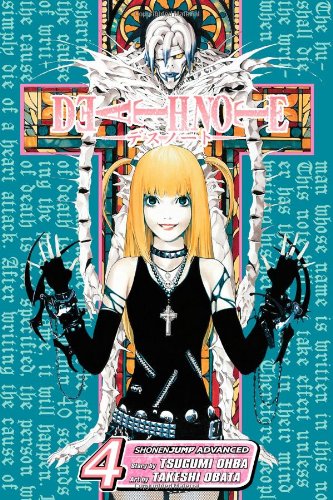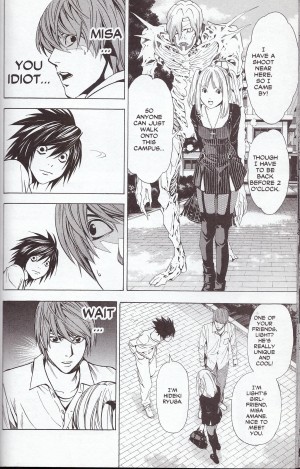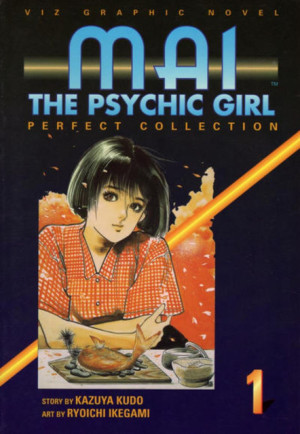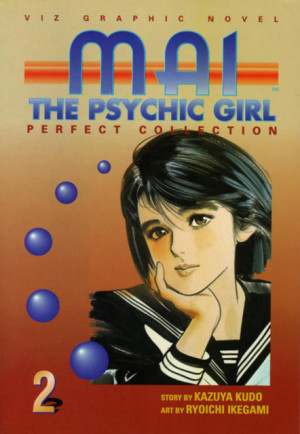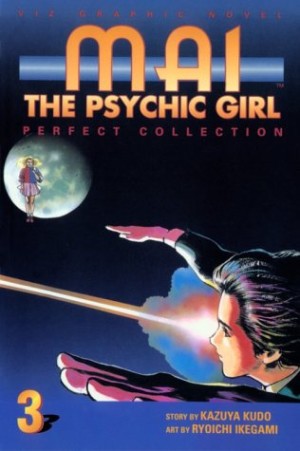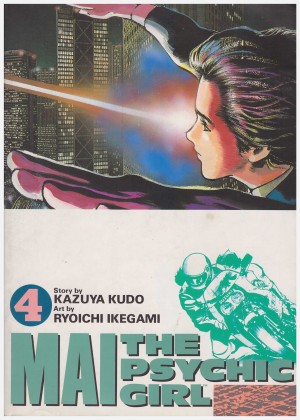Review by Karl Verhoven
It’s been established from the opening of Death Note that the notebook in which names of those the writer wishes to die can be inscribed originates with an other dimensional race of demons known as Death-Gods, or Shinigami. Light Yagami chanced on such a notebook, and over the first three volumes the plot has concentrated on his actions, the consequences of them, and the priorities of those attempting to identify him. The previous volume introduced the new element of a second notebook in Japan, and that’s thoroughly explored here.
The person charged with tracking down the killer referrred to as Kira is L, his true name unknown, and while he’s been unsuccessful to date, he is astute enough to realise that the recent events have not been consistent. Artist Takeshi Obata has created a look for L that’s almost as distinctive as those of the Shinigami. His brilliance comes at the cost of being socially awkward, and so he perches on seats with his knees pulled toward his chest rather than sitting, and has the perpetual thousand yard stare usually associated with substance abuse. It’s unsettling for the reader, never mind anyone under suspicion.
The possibilities of the death notes and their ramifications mean that Death Note is of necessity very heavy on dialogue as involved people reason with each other, and both Yagami and L constantly questions themselves. “I believe Kira would want to know who the second Kira is…”, ponders L, “However, assuming the second Kira can kill only by knowing a person’s face would Kira go to a place where he could be seen by the second Kira?” It’s typical of the constant analysis playing in the background to the plot. Behind the curtain it’s also writer Tsugumi Ohba reasoning with the audience, and as a form of reward there’s a series of disclosures about the Shinigami, their limitations and their weaknesses. Pay attention. What’s also to be admired is the manner in which the story unfolds. The chapters contained in these paperbacks were originally serialised at one per magazine, and Ohba is brilliant at ensuring each moves the story forward, and most end with a revelation or a moment of sheer tension. Not a single chapter ending here disappoints, and neither does the ending to the book. Events have been manipulated by Yagami, and even for someone already shown as willing to take a calculated risk he appears to be placing himself at a considerable disadvantage. We’ll find out in Book 5.
To this point there’s been no second-guessing Ohba, and that continues. Anyone already convinced that Death Note is a series worth their time is better off buying the print version in the larger sized Black Edition II, which combines two smaller books at a time, merging this with the previous book.
